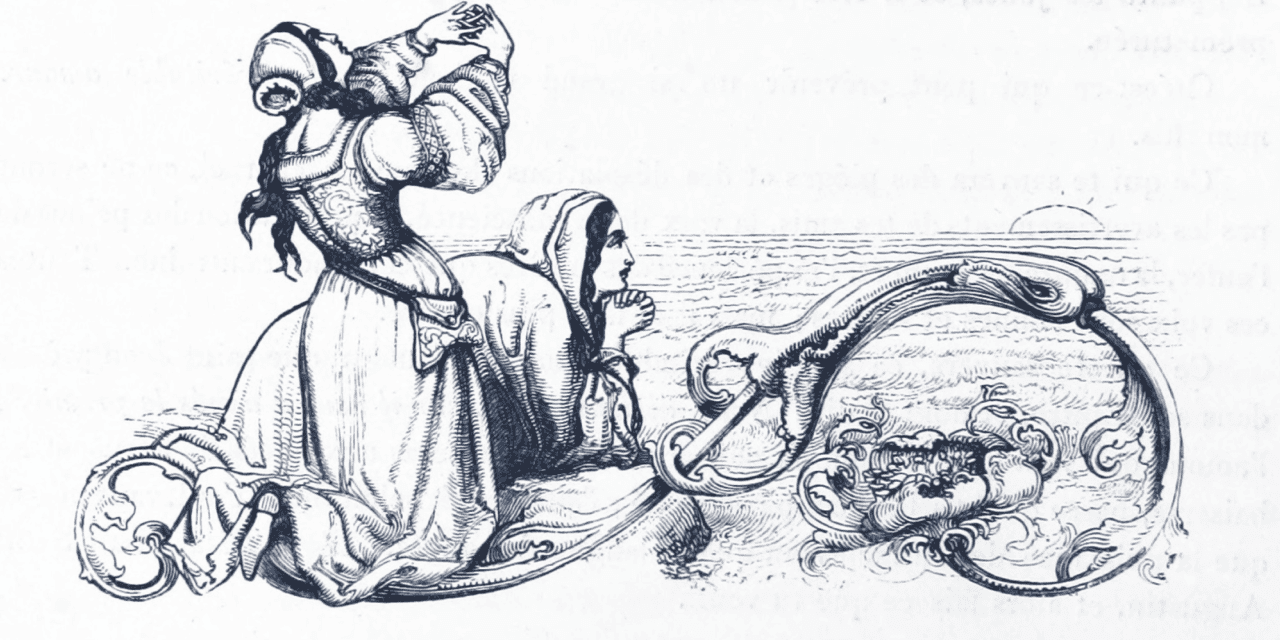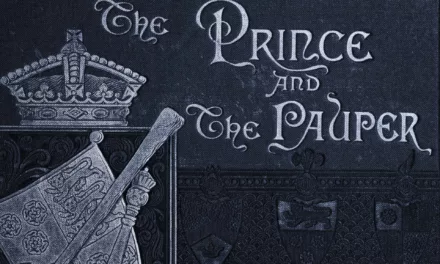
Do you have any advice for indecisiveness when creating characters?

“Hello! Do you have any advice for indecisiveness when creating characters? I don’t have much trouble with creating conflict, but figuring out my characters is difficult. I’m working on a character-driven story, and I have an internal conflict, I’m just not sure how the story will manifest. The worst part is I can’t even find advice online because all character advice is about character development, making your characters complex, etc…. My problem is I don’t know what my character is doing. I’m talking about their occupation. Student? Corporate job? Architect? Artist? My conflict is good to go but now I’m stuck here…“
As a writer, creating characters who are believable and relatable is one of the most crucial aspects of storytelling. However, many writers struggle with indecisiveness when it comes to creating their characters, especially when it comes to their occupations and how their stories will manifest.
You get to mould your characters into whatever form you like, but it’s easy to suffer from choice paralysis when you’re confronted with the entirety of human experience, both real and imagined. The good news is, if you already know your story conflict, then you can actually narrow down and be a bit more targeted in how you go about creating characters.
Start with the basics
When creating a character, it’s essential to start with the basics. This includes their name, age, gender, physical appearance, and personality traits. These fundamental elements will serve as the foundation for your character and help you build upon them as you develop their story. Come up with these by asking yourself a series of questions with your story conflict and theme firmly in your mind.
- Name: Choose a name that fits your character’s personality and background. Consider their age, culture, and the time period in which your story takes place. And don’t be afraid to use a random name generator or even a placeholder—there’s always a chance to change your mind in the editing phases.
- Age: Determine your character’s age by how it influences their behaviour, beliefs, and experiences. Would an older or a younger characters respond to their conflict differently? And which better suites the story you want to tell?
- Gender: Decide on your character’s gender and how it shapes their identity and interactions with others. Will your story’s conflict play out differently if your character’s gender expression were reversed, or if they were non-binary?
- Physical appearance: Describe your character’s physical features, such as their height, weight, hair colour, and any distinguishing characteristics. Unfortunately there’s no easy way to do that. You just have to use your imagination and commit.
- Personality traits: Identify your character’s key personality traits, such as their strengths, weaknesses, fears, and desires. These should relate to your character’s goal and conflict in some way.
Explore their background
Once you have a basic understanding of your character, it’s time to delve into their background. This includes their family history, upbringing, education, and any significant life events that have shaped who they are. Their background can feed directly into the conflict, as it can be a great source of pressure for how your plot develops.
- Family history: Explore your character’s relationships with their family members, or how not having a family unit around them affects them as a person. Consider how their family dynamics have influenced their beliefs, values, and behaviours and how this can feed into their internal and external conflicts.
- Upbringing: Determine where your character grew up and how their environment has shaped their worldview. Did they have a happy childhood, or did they face challenges and adversity? Did this affect their career choices?
- Education: Decide on your character’s level of education and how it has impacted their career opportunities and whether it feeds into their internal conflict.
- Significant life events: Identify any pivotal moments in your character’s life that have had a lasting impact on their personality and behaviour. Do they have any direct or indirect relationship with your story’s conflict and theme?
Determine their occupation
One of the most challenging aspects of creating characters is deciding on their occupation. This is especially true for writers who are working on character-driven stories and have a clear internal conflict but are unsure how the story will take shape. So how can we make that easier?
- Consider their skills and interests: What is your character naturally good at? What do they enjoy doing? Their occupation should align with their skills and interests.
- Think about their personality: How does your character’s personality influence their career choices? Are they ambitious and driven, or are they more laid-back and content with a simple life?
- Explore their background: How has your character’s upbringing and education influenced their career path? Did they follow in their family’s footsteps, or did they forge their own path? Did they overcome adversity to reach where they are now, or were they barred from certain opportunities because of an educational, physical, or social handicap?
- Consider the story’s themes: How does your character’s occupation tie into the overall themes and message of your story? Can their job serve as a metaphor or symbol for something deeper?
Connect the dots
Once you have a clear understanding of your character’s basics, background, and occupation, it’s time to connect the dots and see how these elements influence their internal conflict and the conflict and theme of the overall story.
- Identify the internal conflict: What is your character struggling with internally? Is it a moral dilemma, a personal struggle, or a conflict between their desires and responsibilities?
- Explore how their background influences the conflict: How has your character’s upbringing, family history, and significant life events contributed to their internal conflict?
- Consider how their occupation ties into the conflict: Does your character’s job create additional challenges or pressures that exacerbate their internal conflict?
- Think about how the conflict will manifest in the story: How will your character’s internal struggle play out in the plot? Will they face external challenges that force them to confront their internal conflict?
In summary
Creating compelling characters is a crucial aspect of storytelling, but it can be challenging for writers who struggle with indecisiveness. By starting with the basics, exploring your character’s background, determining their occupation, and connecting the dots between these elements and both their internal and the story conflict, you’ll be well on your way to creating characters that will bring your stories to life.
Remember, character creation is a process, and it’s okay to take your time and explore different options until you find what works best for your story. Don’t be afraid to experiment and make changes as you go along. With practice and persistence, you’ll become more confident in your ability to create compelling characters that resonate with readers































